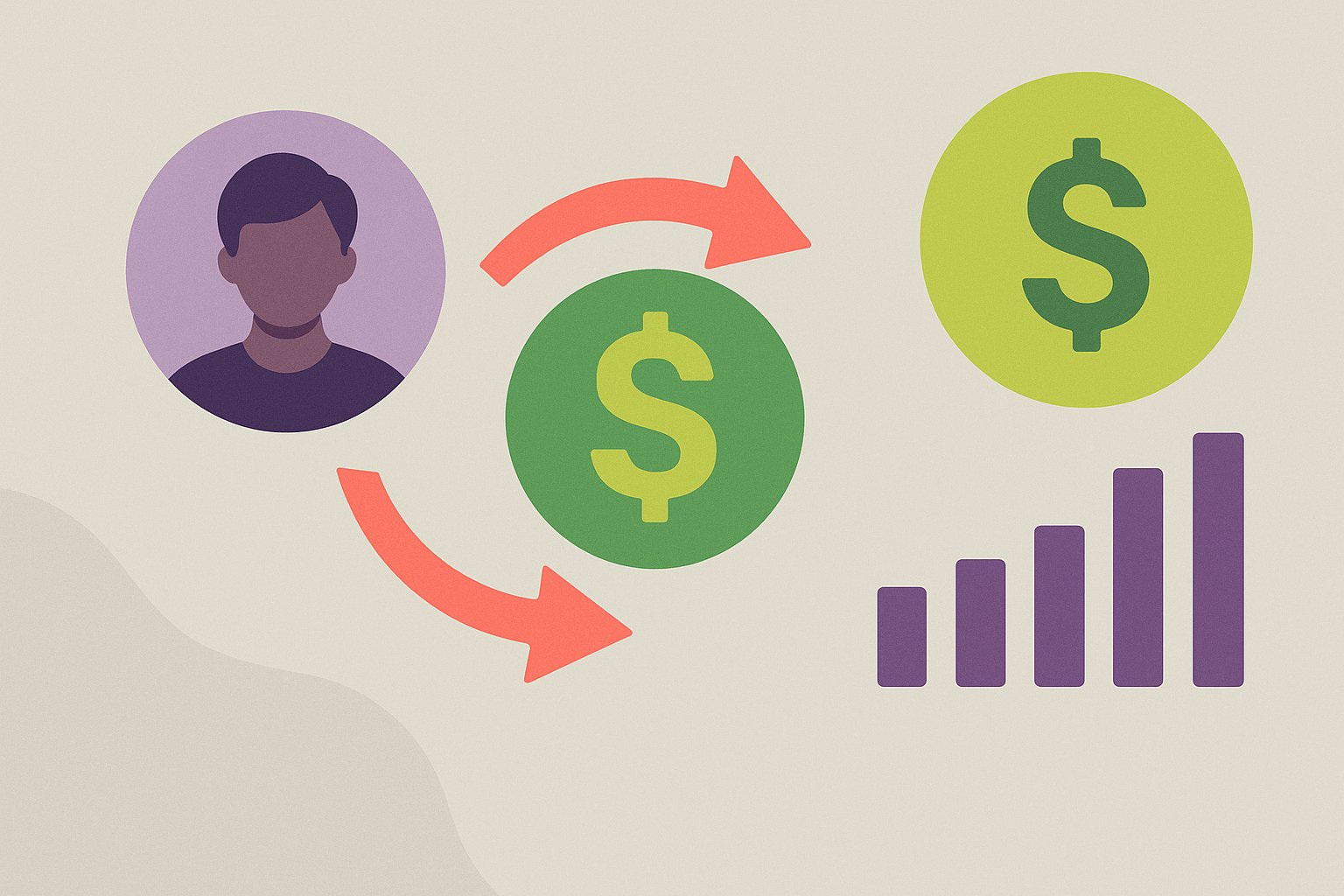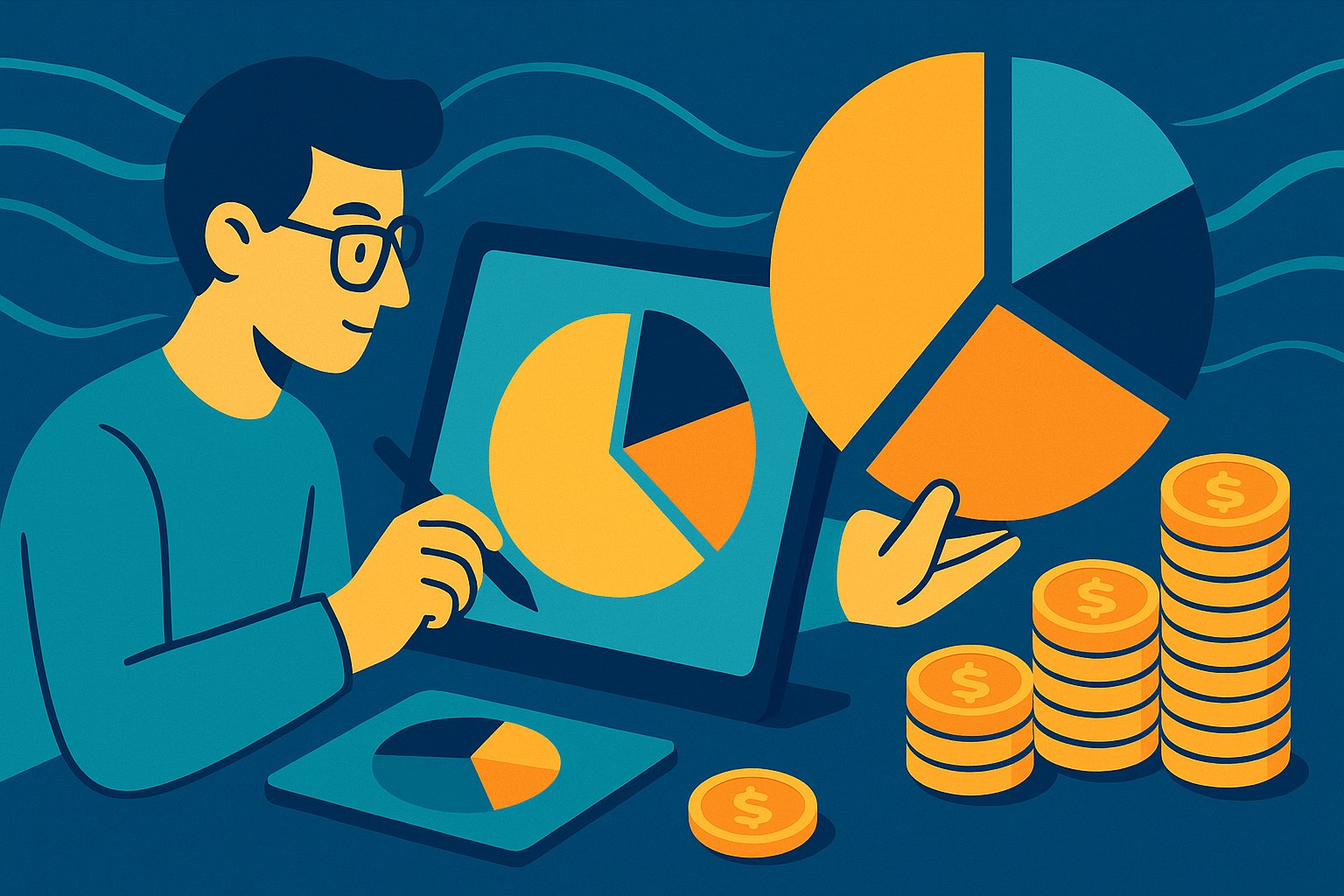Unveiling the eBook Royalty Maze
For authors stepping into the digital publishing realm, understanding how e-book royalties are calculated and paid out can feel like navigating a labyrinth. Unlike traditional print publishing—where royalty statements arrive biannually and percentages are relatively straightforward—digital platforms introduce a host of variables: list prices, delivery fees, global markets, promotional discounts, and tiered royalty rates. Mastering these mechanics is essential for writers aiming to maximize their income and sustain a thriving e-book business. In this deep dive, we’ll explore the history and evolution of digital royalties, dissect the formulas behind your royalty statements, compare the leading platforms, and share actionable strategies to boost your digital earnings.
Tracing the Evolution of Digital Publishing
The dawn of the internet brought seismic changes to the publishing industry. In the early 2000s, PDF and eReader formats offered niche digital distribution, but it wasn’t until the launch of the Amazon Kindle in 2007 that e-books went mainstream. Publishers and independent authors alike embraced the opportunity to reach global audiences without the overhead of printing and inventory. Flat royalty structures—often 30 percent of list price—dominated initial offerings. Yet, as competition intensified, platforms introduced tiered royalties, variable delivery fees, and promotional models designed to incentivize pricing strategies. Over the past decade, digital publishing has matured into a data-driven ecosystem where authors can analyze sales metrics in real time and adjust tactics to optimize royalty income.
Royalty Structures: From Percentage Tiers to Flat Fees
At the core of e-book royalty calculation lies the agreement between author and platform, which typically specifies a royalty rate based on list price and format. Most digital storefronts offer one of two models: a flat-fee percentage or a tiered structure. In a flat model, the author receives a consistent share—say, 25 percent or 30 percent—of the list price for every sale. Tiered structures, popularized by Amazon’s Kindle Direct Publishing (KDP), reward authors with higher percentages—up to 70 percent—for e-books priced within certain ranges (usually between $2.99 and $9.99). Outside that sweet spot, the rate drops to 35 percent. Tiered models motivate authors to price strategically, balancing affordability with revenue optimization to capture the most lucrative royalty tier.
Pricing Strategies and Their Impact on Royalties
Setting the right e-book price is both art and science. A higher list price yields a larger per-unit royalty in flat-rate models, but may deter price-sensitive readers. In tiered royalty programs, pricing within the platform’s optimal bracket maximizes percentage share while keeping the book accessible. Promotional pricing—such as temporary discounts or countdown deals—can boost volume and visibility, but may reduce per-unit royalties. Authors should also consider adding value through bundled collections or extended editions at higher price points. By experimenting with limited-time free downloads to gain reviews and later reverting to premium pricing, writers can harness the platform’s algorithms to lift long-term sales and overall royalty earnings.
Platform Deep Dive: Amazon Kindle Direct Publishing
Amazon’s KDP stands as the titan of digital publishing, offering authors unparalleled reach and robust royalty options. Through KDP, authors can enroll in two royalty plans: the standard 35 percent royalty on list price for e-books of any price between $0.99 and $200, and the 70 percent royalty plan for titles priced between $2.99 and $9.99 (with regional price minimums). However, the 70 percent option carries a delivery fee based on file size—typically around $0.06 per megabyte. This delivery fee is deducted from the royalty, encouraging authors to optimize file size by compressing images and removing extraneous formatting. KDP also supports Kindle Unlimited, where authors earn per-page-read, diversifying income beyond outright sales. Monthly reports break down earnings by country, allowing granular insights into global performance.
Beyond Amazon: Apple Books, Kobo, and Barnes & Noble
While Amazon commands the largest market share, other platforms offer competitive royalty programs. Apple Books provides a straightforward 70 percent royalty on all e-books, regardless of list price, with no delivery fees. Authors must navigate Apple’s proprietary iTunes Connect system and adhere to formatting requirements, but benefit from a consistent rate and favorable global pricing rules. Kobo’s Writing Life portal also offers 70 percent royalties on e-books priced above a local currency threshold, with a 45 percent rate below that mark. Barnes & Noble’s Nook Press mirrors KDP’s tiered approach with a 70 percent royalty on titles priced between $2.99 and $9.99 and 40 percent outside this range. Each platform’s audience demographics and regional strengths should influence where authors choose to allocate promotional focus and exclusivity deals.
Royalty Calculation Demystified: List Price, Net Proceeds, and Share
Understanding your royalty statement requires clarity on three key terms. The list price is the retail cost set by the author or publisher. Net proceeds represent the amount paid by the customer minus taxes, discounts, and—where applicable—delivery fees. Finally, the royalty share is the percentage of net proceeds owed to the author per the platform agreement. For example, on a $4.99 Kindle e-book enrolled in the 70 percent plan, the calculation might be:
List Price: $4.99
Delivery Fee (e.g., $0.08)
Net Proceeds: $4.99 – $0.08 = $4.91
Royalty: 70 percent × $4.91 = $3.44
By reviewing monthly statements, authors can verify that each component aligns with their understanding of pricing rules, ensuring accurate payouts.
Timing Is Everything: Payout Schedules and Thresholds
How quickly authors see their royalty earnings depends on each platform’s payment schedule and payment threshold. Amazon typically disburses royalties 60 days after the end of the month in which the sale occurred, provided the author’s account balance exceeds $100 (for direct deposit) or $10 (for gift card payments). Apple Books issues payments within 45 days of the end of the month, with a $150 minimum threshold for direct deposit. Kobo pays monthly, around the end of the month following sales, with a relatively low $10 threshold. Understanding these timelines helps authors manage cash flow, budget for marketing expenses, and plan production schedules. For multi-platform authors, staggering release dates can smooth income streams and avoid large payment spikes followed by droughts.
Variables That Influence Your Royalty Check
Several external factors can affect the final royalty amount beyond list price and rate tiers. Currency conversion fluctuates as global customers purchase in local currencies; authors may notice variations in earnings when funds are converted to their home currency. Tax withholdings may apply for non-resident authors selling across borders, requiring submission of tax forms like W-8BEN to minimize deductions. Refunds and chargebacks also impact net royalties; platforms often deduct refunded amounts from subsequent payments. Finally, promotional campaigns—whether platform-led, such as Kindle Countdown Deals, or author-driven discounted pricing—alter the list price and, by extension, the royalty calculation. Keeping detailed records and reconciling statements against personal sales logs can reveal discrepancies and hidden fees.
Metadata, Promotions, and Geographical Considerations
Metadata—titles, subtitles, keywords, and categories—directly influences discoverability and sales velocity, which in turn affects royalty volume. Optimized metadata boosts placement in search results and recommendations, driving higher organic sales. Promotions such as free giveaways can accelerate reviews and algorithmic boosts, but authors must plan the timing to avoid undercutting revenue in higher-priced windows. Geographic pricing strategies are also pivotal; platforms may impose minimum and maximum price constraints by region, and what sells for $4.99 in the U.S. might translate to ¥600 in Japan or £3.99 in the U.K. Tailoring regional prices to match purchasing power can extend reach and increase total royalty earnings when aggregated across multiple markets.
Advanced Tactics to Maximize Royalty Earnings
Authors looking to elevate their royalty income should embrace advanced tactics. Series bundling—compiling multi-part books into box sets at a single price point—can entice new readers and boost average revenue per customer. Enrolling in platform-specific programs, such as Kindle Select, grants access to promotional tools and the Kindle Unlimited page-read pool, often yielding higher per-page payouts than standard sales. Experimenting with pre-orders can generate early sales momentum, securing higher algorithmic ranking upon release. Collaborations with other authors for newsletter cross-promotions or anthology projects can tap into new audiences. Above all, data-driven decision making—analyzing heat maps of sales spikes around price changes or targeted ads—empowers authors to refine pricing and marketing strategies for optimal royalty performance.
Real-World Stories: Authors Reaping Digital Rewards
Consider the case of a debut romance author who priced her first novel at $3.99 under Amazon’s 70 percent royalty plan. By investing $100 in a targeted Facebook ads campaign and participating in two Kindle Countdown Deals, she tripled her daily sales and earned $8,000 in royalties within three months. A fantasy writer who bundled his trilogy at $9.99 on Kobo Writing Life saw a surge in bundle purchases after a Goodreads giveaway, netting $2.50 per bundle and catalyzing cross-sales of individual titles. Another non-fiction author leveraged Apple Books’ 70 percent flat model to price her productivity guide at $6.99, tapping into corporate bulk licenses and generating a steady stream of institutional purchases. These narratives illustrate the power of platform-specific tactics and pricing psychology in maximizing digital royalties.
Navigating Common Royalty Pitfalls
Even seasoned authors encounter pitfalls that erode potential royalties. Pricing outside optimal tiers can inadvertently reduce overall percentage shares. Opaque delivery or transaction fees—particularly on platforms with complex file-size-based charges—can catch authors unaware. Misconfigured metadata may lead to category mismatches, burying titles in irrelevant search results. Ignoring tax obligations can result in withholding penalties that eat into net earnings. Furthermore, relying exclusively on one platform exposes authors to policy changes, account suspensions, or algorithm updates. To safeguard revenue, authors should diversify across multiple storefronts, review fee schedules regularly, maintain accurate metadata, and consult tax professionals to ensure compliance and maximum net payout.
Emerging Trends: Subscription Models and Direct Sales
The e-book royalty landscape continues to evolve with subscription and direct-sales innovations. Subscription services like Kindle Unlimited and Scribd offer authors per-page-read royalties, rewarding engaging content that keeps readers immersed. Direct-to-reader platforms—such as Gumroad or Sellfy—allow authors to bypass aggregators, collect payments directly, and keep a higher percentage of sales while retaining full control over pricing and customer data. Print-on-demand integrations with e-book sales can bundle digital and physical offerings, creating hybrid revenue streams. As blockchain gains traction, decentralized marketplaces promise transparent, smart-contract-enforced royalty distributions, potentially reducing platform fees and delivering real-time micropayments. Staying ahead of these trends equips authors with a diversified toolkit to capture maximum value from their digital creations.
Charting Your Path to eBook Success
The mechanics of e-book royalty calculation and payout are intricate, woven from the threads of list pricing, platform agreements, delivery fees, and global market dynamics. By understanding each component—from tiered royalty rates and file-size delivery deductions to promotional timing and geographic pricing—authors can transform uncertainty into strategic action. Mastery of metadata optimization, data-driven pricing experiments, and platform-specific promotional tools empowers writers to amplify their earnings. While challenges such as fee complexity, tax considerations, and marketplace volatility persist, a diversified approach—leveraging multiple storefronts, subscription services, and direct sales channels—builds resilience. Armed with these insights, digital authors can confidently navigate the royalty maze, chart sustainable income trajectories, and focus on what they do best: crafting compelling stories that captivate readers worldwide.




